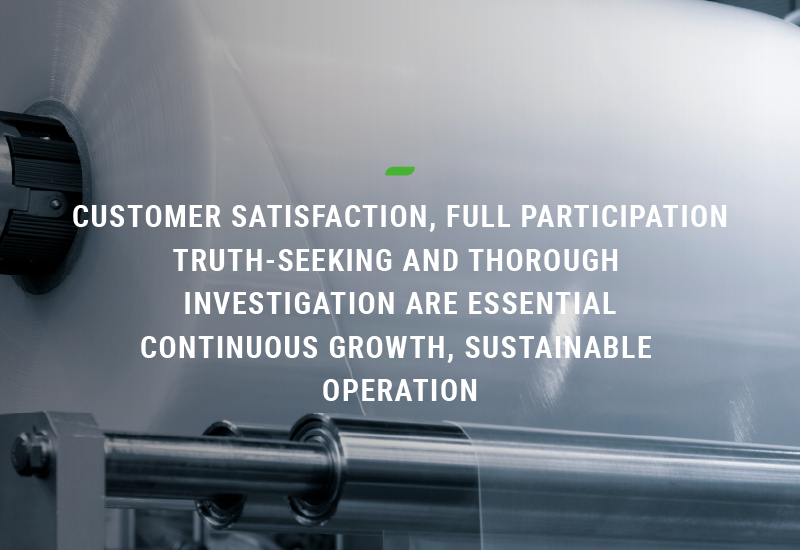Graphite Gaskets
Application: Fire rated valve gasket.
Material: pure graphite.
The melting point of graphite is extremely high. It begins to soften and tends to a molten state when it reaches 3000 ℃ under vacuum. When it reaches 3600 ℃, the graphite begins to evaporate and sublimate. The strength of general materials gradually decreases at high temperatures. However, when graphite is heated to 2000 ℃, its On the contrary, the strength is doubled compared with normal temperature, but the oxidation resistance of graphite is poor and the oxidation rate gradually increases as the temperature increases.
The thermal conductivity and electrical conductivity of graphite are quite high. Its electrical conductivity is 4 times higher than stainless steel, 2 times higher than carbon steel, and 100 times higher than ordinary non-metals. Its thermal conductivity not only exceeds that of steel, iron, lead and other metal materials, but also decreases as the temperature increases. This is different from general metal materials. At extremely high temperatures, graphite even tends to be in an adiabatic state. Therefore, the thermal insulation performance of graphite is very reliable under ultra-high temperature conditions.
Graphite, also known as Black Lead, is an allotrope of carbon (there are many other allotropes of carbon, familiar ones such as diamond); graphite gaskets are made of graphite wires. Made by knitting and shaping. Graphite gaskets are chemically inactive, corrosion-resistant, have excellent sealing performance, compressibility, good elasticity, oxidation resistance, strong self-lubricating properties and plasticity, and have good electrical conductivity, specific gravity, and density. With advanced characteristics, it is suitable for all types of valves, pumps, pipelines, pressure vessels, heat exchangers, condensers, generators, air compressors, exhaust pipes, refrigerators, and reactors working under high temperature, high pressure, and highly corrosive media. Stuffing box seals for other equipment
☆High temperature resistant type: The melting point is 3850±50℃, the boiling point is 4250℃, even after ultra-high temperature arc burning, the weight loss is very small, and the thermal expansion coefficient is also very small. The strength of graphite increases as the temperature increases. At 2000°C, the strength of graphite doubles.
☆Electrical conductivity and thermal conductivity: 100 times higher than ordinary non-metallic minerals. The thermal conductivity exceeds that of steel, iron, lead and other metal materials. The thermal conductivity decreases with the increase of temperature. Even at extremely high temperatures, graphite becomes a heat insulator.
☆Lubricity: The lubrication performance of graphite depends on the size of graphite flakes. The larger the scales, the smaller the friction coefficient and the better the lubrication performance.
☆Chemical stability: It has good chemical stability at room temperature and is resistant to acid, alkali and organic solvent corrosion.
☆Plasticity: Good toughness, can form very thin sheets.
☆Thermal shock resistance: When used at normal temperature, it can withstand drastic changes in temperature without being damaged. When the temperature suddenly changes, the volume of graphite does not change much and no cracks will occur.


